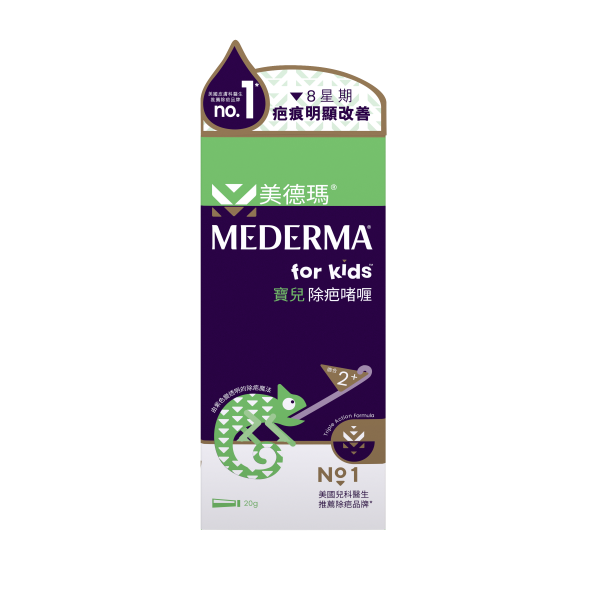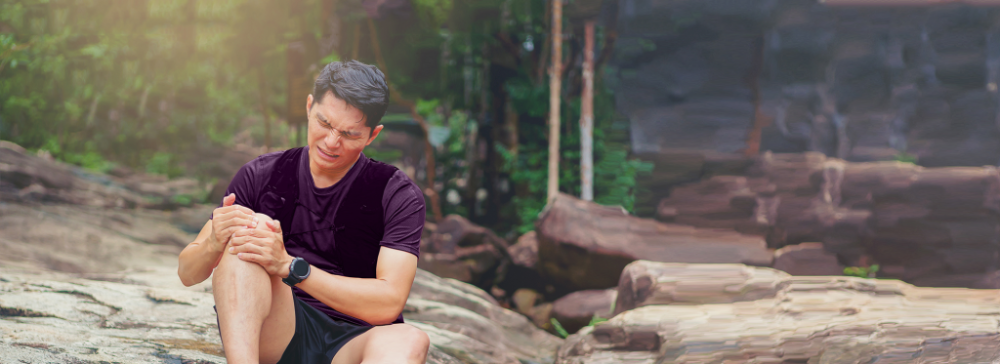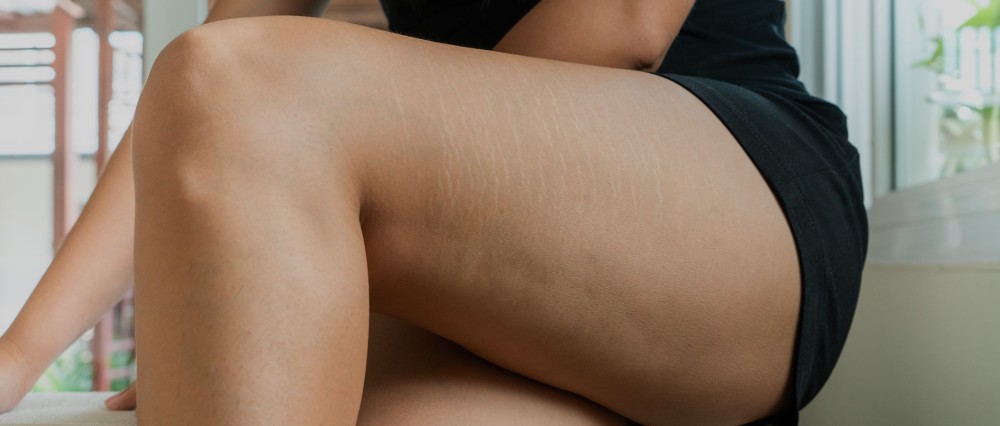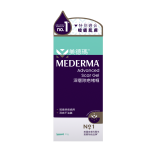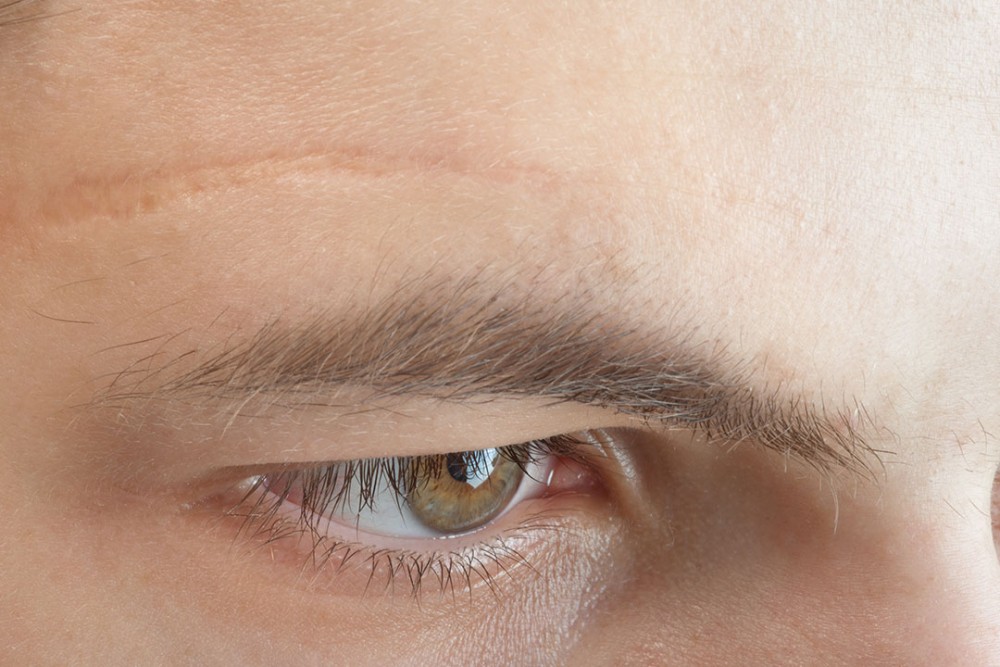Your face is one of the most essential components of your body image. It is an important part of your personality, and the first thing people see when they meet you. Consequently, a face injury resulting in a scar may greatly influence your perception of yourself and negatively affect self-esteem.
The face is one of the most exposed parts of your body, so you may find it hard to protect it at all times after an injury, thereby increasing the risk of scar formation. Read on to discover how you can care for your facial skin to ultimately prevent and reduce the appearance of scars.
- Facial scars are not generally different from other scars
- They are more visible than other scars
- Look after them as you would most scars
In this article, we’ll ask:
- What makes your face special?
- Are facial scars different from other scars?
- How can you keep your face healthy?
- What can you do to reduce the appearance of scars?
